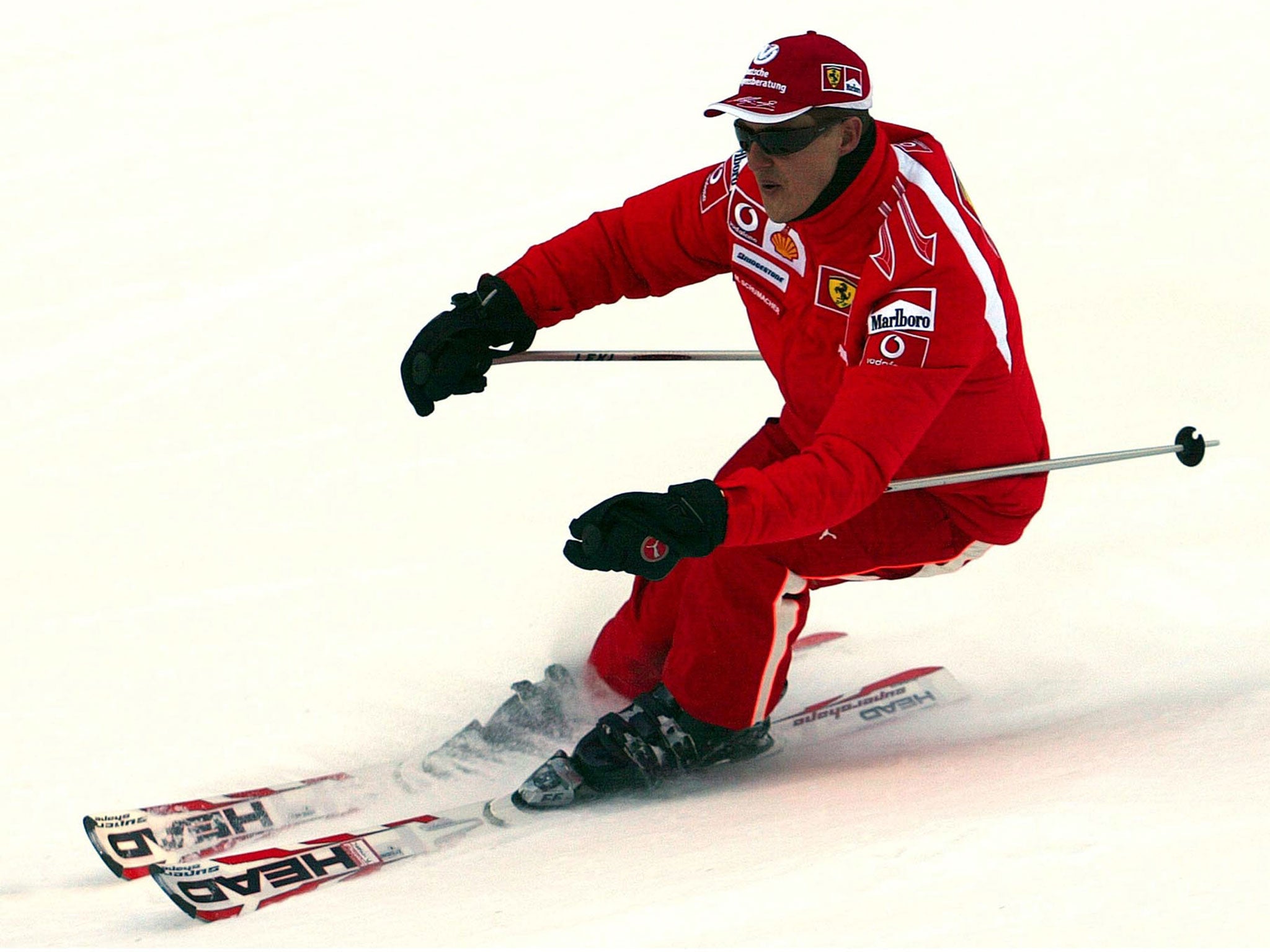Michael Schumacher injury: The risks of skiing must be viewed rationally, and reduced - but they cannot be avoided
Often those who do get injured use all available safety precautions

The critical injury suffered by former racing driver Michael Schumacher in the Alps at the weekend follows a recent string of deaths in skiing, including five in separate avalanches in the Alps last Friday alone. Earlier this month, Cameron Bespolka, a British teenager, was buried alive in front of his triplet brother. Many may now wonder if the joy and thrill of a sport like skiing are worth the risk.
It was a debate my own family might have had in 2001 when my father died in an avalanche. Months later, I broke my spine in a fall. All skiers and snowboarders will know someone who has had a serious accident. We all winced at the news of Schumacher’s crash, and the death in 2009 of the actress Natasha Richardson. Yet among the many emotions my family went through in a Canadian funeral home, there was no question we would stop skiing. My parents met in the mountains and passed on an unshakable passion. Moreover, I, like my father, am unfailingly rational. And it is important to note at times like this, however scant the comfort it might offer the Schumachers and Bespolkas, that skiing is safer than it appears. On an average day, two out of every 1,000 skiers and snowboarders can expect to suffer an injury that requires treatment. The majority will be minor. In the US, deaths occur at a rate of about one every 1.4 million ski days, which is extremely low.
If we do not then abandon the mountains for more sedentary lives, the challenge becomes managing what risk remains. It appears there was nothing more Schumacher could have done in this regard; he wore a helmet, which his doctors have said at least gave him the chance of surviving the blow to his head.
My father did not wear a helmet – use has picked up only in recent years – but no piece of equipment could have saved him. He did choose to ski with an international mountain guide, perhaps the single most important precaution an off-piste skier can take. He, too, did all he could. As well as helmets and guides, there are transceivers and shovels and backpacks equipped with airbags to help victims of avalanches float rather than sink. Yet Cameron Bespolka had all these things. He did all he could.
Michael Schumacher ski accident: Helmet 'may have minimised injury'
Ultimately, the very presence of risk in potentially dangerous sports explain a large part of their appeal. Michael Schumacher has spent a lifetime looking out of helmets that have protected a mind that demands to be thrilled. And off-piste skiing offers so much more. To stand on a slope among vast, deserted mountains, when you can almost hear the echo of your own breath, is to live like few can. As in all sports, risk must be viewed rationally. Then it must be reduced and managed. Finally, you decide if you could live happily without it.
Read more:

Join our commenting forum
Join thought-provoking conversations, follow other Independent readers and see their replies